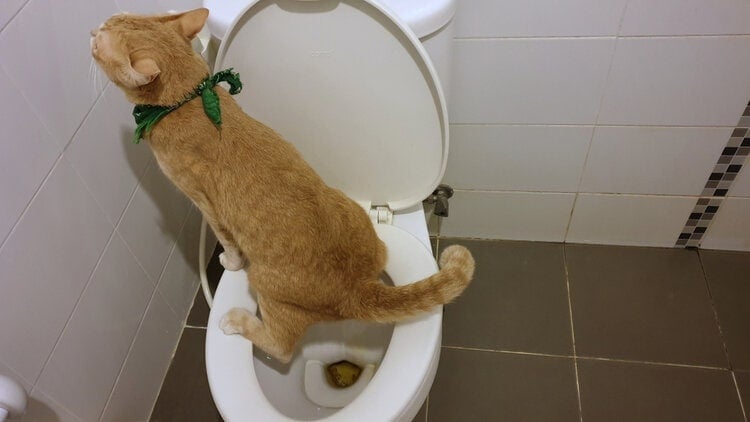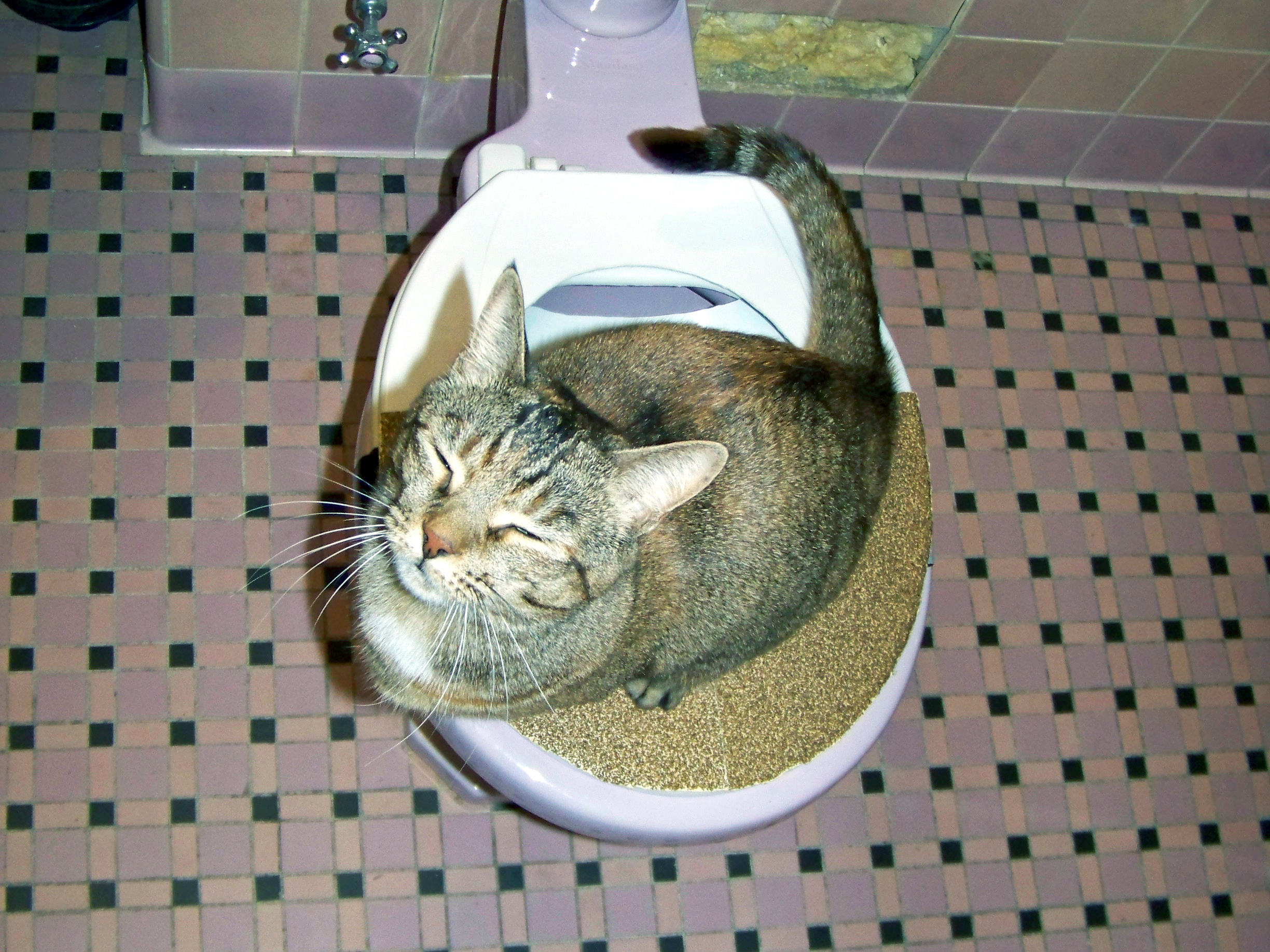Exploring the Dangers of Flushing Animal Waste Down the Toilet
Exploring the Dangers of Flushing Animal Waste Down the Toilet
Blog Article
Listed here in the next paragraphs you might get additional amazing additional info involving Don't Flush Your Pets Poo Down The Loo, Vet Warns.

When it pertains to getting rid of waste, specifically animal waste, many individuals usually resort to the practical choice of flushing it down the commode. However, this seemingly very easy solution can have major effects for the environment and public health. In this short article, we'll check out why flushing pet waste down the toilet is a poor idea and supply alternative techniques for appropriate disposal.
Introduction
Proper garbage disposal is crucial for keeping environmental sustainability and public health. While it may seem harmless to purge animal waste down the commode, it can result in numerous concerns, both for the environment and human well-being.
Threats of flushing pet waste
Ecological influence
Flushing pet waste introduces unsafe bacteria and microorganisms right into rivers, which can negatively impact marine ecosystems. These virus can pollute water sources and harm aquatic life, disrupting fragile ecological communities.
Public health concerns
Animal waste consists of dangerous microorganisms such as E. coli and Salmonella, which can present severe health dangers to people. Purging pet waste down the toilet can contaminate water materials, resulting in the spread of diseases and infections.
Alternatives to flushing
Rather than flushing animal waste down the bathroom, there are numerous alternate disposal approaches that are more eco-friendly and sanitary.
Composting
Composting animal waste is a green means to deal with it. By composting, raw material is broken down right into nutrient-rich dirt, which can be made use of to feed yards and plants.
Land fill disposal
Dealing with pet waste in a landfill is one more choice. While not as environmentally friendly as composting, it is a much safer option to flushing, as it avoids the contamination of water sources.
Family pet garbage disposal systems
There are specialized family pet garbage disposal systems offered that securely and hygienically deal with animal waste. These systems frequently make use of enzymes to break down waste and get rid of smells.
Actions to proper animal waste disposal
To ensure correct disposal of pet waste, adhere to these actions:
Scooping and nabbing waste
On a regular basis scoop and bag animal waste making use of biodegradable bags. This prevents waste from contaminating the setting.
Using assigned waste bins
Dispose of bagged animal waste in designated waste containers, such as compost containers or garbage dump bins. Stay clear of flushing it down the bathroom in any way prices.
Cleaning litter boxes and pet locations on a regular basis
Frequently tidy litter boxes and pet dog areas to avoid the build-up of waste and germs. Usage pet-safe cleansing items to maintain hygiene.
Advantages of appropriate disposal techniques
Taking on appropriate disposal techniques for pet waste offers a number of advantages:
Decreased environmental pollution
Appropriate disposal approaches lower the risk of environmental pollution, shielding rivers and ecological communities from contamination
Decreased threat of water contamination.
By avoiding flushing pet waste down the toilet, the threat of water contamination is substantially minimized, securing public health.
Improved sanitation and hygiene
Appropriate disposal techniques promote far better cleanliness and health, producing a more secure environment for both people and pets.
Verdict
Finally, purging animal waste down the bathroom is unsafe to the environment and public health. By taking on alternative disposal methods and complying with correct waste monitoring techniques, we can minimize the negative impact of pet waste and add to a cleaner, healthier earth.
What To Do With Dog Poo – The Do's And Don'ts Of Disposing Of Faeces
Dog poo bins
Some councils provide dedicated dog waste bins in popular dog-walking areas that can take dog poo that has been bagged but you can legally dispose of dog waste in any public litter bin, as long as it is securely bagged. This also applies to your wheelie bin at home.
Do not flush
Water companies do not recommend flushing dog faeces down the toilet because certain parasites can survive the water processing treatment and are potentially harmful to humans. You should also never consider flushing dog poo that has been bagged down the toilet as the bags will not break down and instead create severe blockages in the sewage system.
In the woods
The Forestry Commission promotes a ‘stick and flick’ method for dealing with waste in the woods. This means finding a stick and using it to flick any poo from off the path so that it is out of the way of other walkers. You could also bury it as long as it is not in an area where there might be livestock.
Livestock
Parasites found in dog poo can be transmitted to livestock if they inadvertently eat infected faeces that has been left on grazing land. This could result in the death of sheep or abortion in cattle so you should always make sure you pick up your dog’s waste in fields where livestock could be present.

Frequently tidy litter boxes and pet dog areas to avoid the build-up of waste and germs. Usage pet-safe cleansing items to maintain hygiene.
Advantages of appropriate disposal techniques
Taking on appropriate disposal techniques for pet waste offers a number of advantages:
Decreased environmental pollution
Appropriate disposal approaches lower the risk of environmental pollution, shielding rivers and ecological communities from contamination
Decreased threat of water contamination.
By avoiding flushing pet waste down the toilet, the threat of water contamination is substantially minimized, securing public health.
Improved sanitation and hygiene
Appropriate disposal techniques promote far better cleanliness and health, producing a more secure environment for both people and pets.
Verdict
Finally, purging animal waste down the bathroom is unsafe to the environment and public health. By taking on alternative disposal methods and complying with correct waste monitoring techniques, we can minimize the negative impact of pet waste and add to a cleaner, healthier earth.
What To Do With Dog Poo – The Do's And Don'ts Of Disposing Of Faeces
Dog poo bins
Some councils provide dedicated dog waste bins in popular dog-walking areas that can take dog poo that has been bagged but you can legally dispose of dog waste in any public litter bin, as long as it is securely bagged. This also applies to your wheelie bin at home.
Do not flush
Water companies do not recommend flushing dog faeces down the toilet because certain parasites can survive the water processing treatment and are potentially harmful to humans. You should also never consider flushing dog poo that has been bagged down the toilet as the bags will not break down and instead create severe blockages in the sewage system.
In the woods
The Forestry Commission promotes a ‘stick and flick’ method for dealing with waste in the woods. This means finding a stick and using it to flick any poo from off the path so that it is out of the way of other walkers. You could also bury it as long as it is not in an area where there might be livestock.
Livestock
Parasites found in dog poo can be transmitted to livestock if they inadvertently eat infected faeces that has been left on grazing land. This could result in the death of sheep or abortion in cattle so you should always make sure you pick up your dog’s waste in fields where livestock could be present.

I ran across that page on Why you should never flush dog poop down the toilet while doing a search on the internet. If you appreciated our blog posting kindly make sure you remember to pass it around. I value reading our article about Should you flush animal waste down the toilet.
Apply Now Report this page